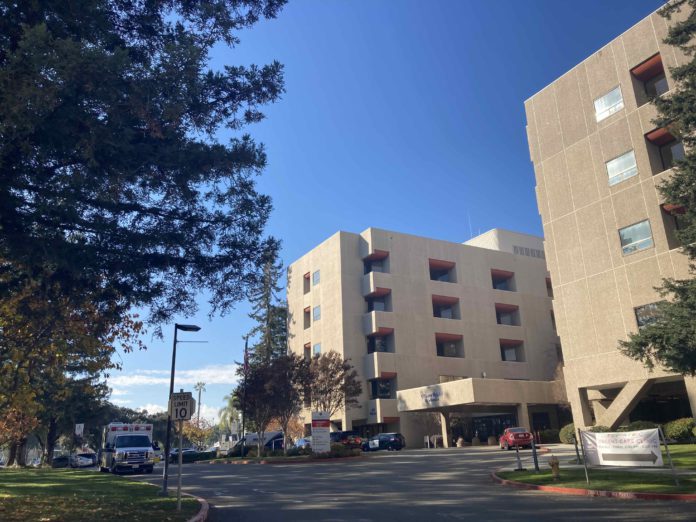They say you don’t know what you have until it’s gone. We hope that won’t be the case for the West Valley of Santa Clara County, where many of us who rely on private insurance don’t realize how much the County’s hospital system does for our community.
Due to cuts from this federal administration, the County’s healthcare system is in trouble. Medicaid cuts will result in $1 billion annually in lost funding to Santa Clara County’s $4.6 billion public hospital system. As local leaders, we know that losing around 20% of funding is devastating. This level of cuts would strain other County resources, such as the Sheriff’s department.
For residents across the West Valley and our County, it could mean closing a hospital, skyrocketing wait times, and a decline in the quality of care. These cuts not only impact Medicaid recipients, but they will also impact patients across the entire healthcare ecosystem, from Campbell to Los Gatos and beyond.
Many West Valley residents have private healthcare insurance and receive their regular care at hospitals like Kaiser, El Camino, and Good Samaritan. However, many people don’t realize that when a life threatening emergency happens, you are likely going to be relying on a County hospital for your care.
Serious trauma—injuries resulting from a car crash, a large fall, or even a gunshot—can only be definitively managed at a trauma center. Two of the three trauma centers in Santa Clara County are County-operated facilities, handling 67% of all trauma cases. For the West Valley, our trauma center is one of these County hospitals, Santa Clara Valley Medical Center.
On top of these acute needs, our local hospitals also serve more specialized needs in our community and beyond. Valley Medical Center, located here in the West Valley and operated by the County, houses the only burn center of its kind in Northern California and boasts one of the top ten rehabilitation centers in the country, supporting people recovering from major strokes and spinal cord injuries.
The County health system also supports those with private insurance in less direct ways, taking a huge number of patients and keeping wait times at all clinics lower. Spillover effects from major cuts could have downstream impacts on services at other locations.
This funding crisis affects all of us. When emergency rooms close, patients do not simply disappear—they crowd into the next closest hospital. Our residents in the West Valley with private insurance could experience longer wait times, higher costs, slower-to-arrive ambulances, and greater distances to travel when every minute counts.
So, what is the answer? Measure A.
Measure A is a temporary five-year sales tax. If it passes, it will generate $330 million annually, enough funding to prevent many of the worst possible outcomes to our community’s healthcare system. Measure A is a 5/8 cent sales tax, which translates to just over 6 cents on a $10 purchase or about 63 cents on a $100 purchase. While taxes are never pleasant, this revenue measure is vital to insulate our community from the cruel federal funding cuts.
As local leaders, we have had many residents reach out to us to ask how they can help protect our communities from the federal administration. We can tell you with confidence that Measure A is the answer we’ve all been looking for.
One way to protect our communities this November is by voting yes on Measure A. Visit SaveOurLocalHospitals.com to learn more.
Sergio Lopez is the Mayor of Campbell. Rob Moore is the Vice Mayor of Los Gatos. This column is written in their personal capacities and represents only their own views.










